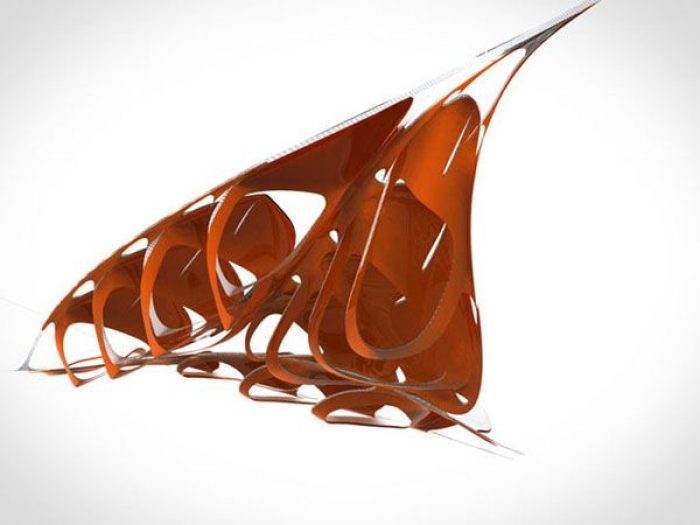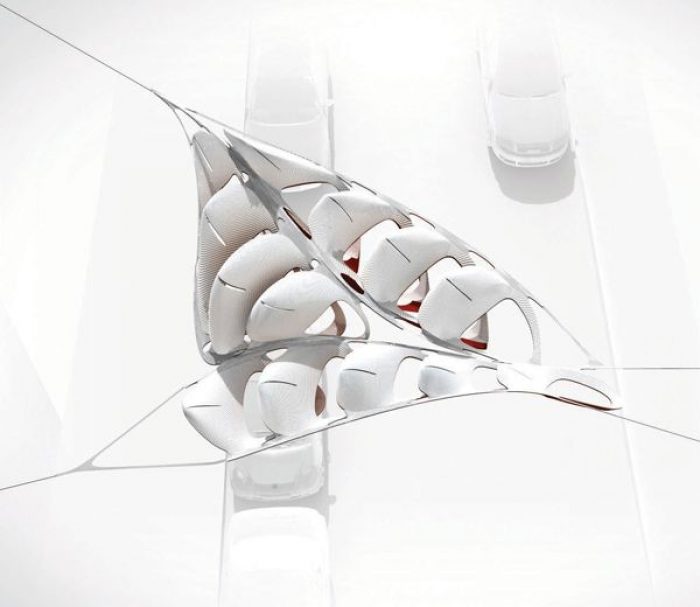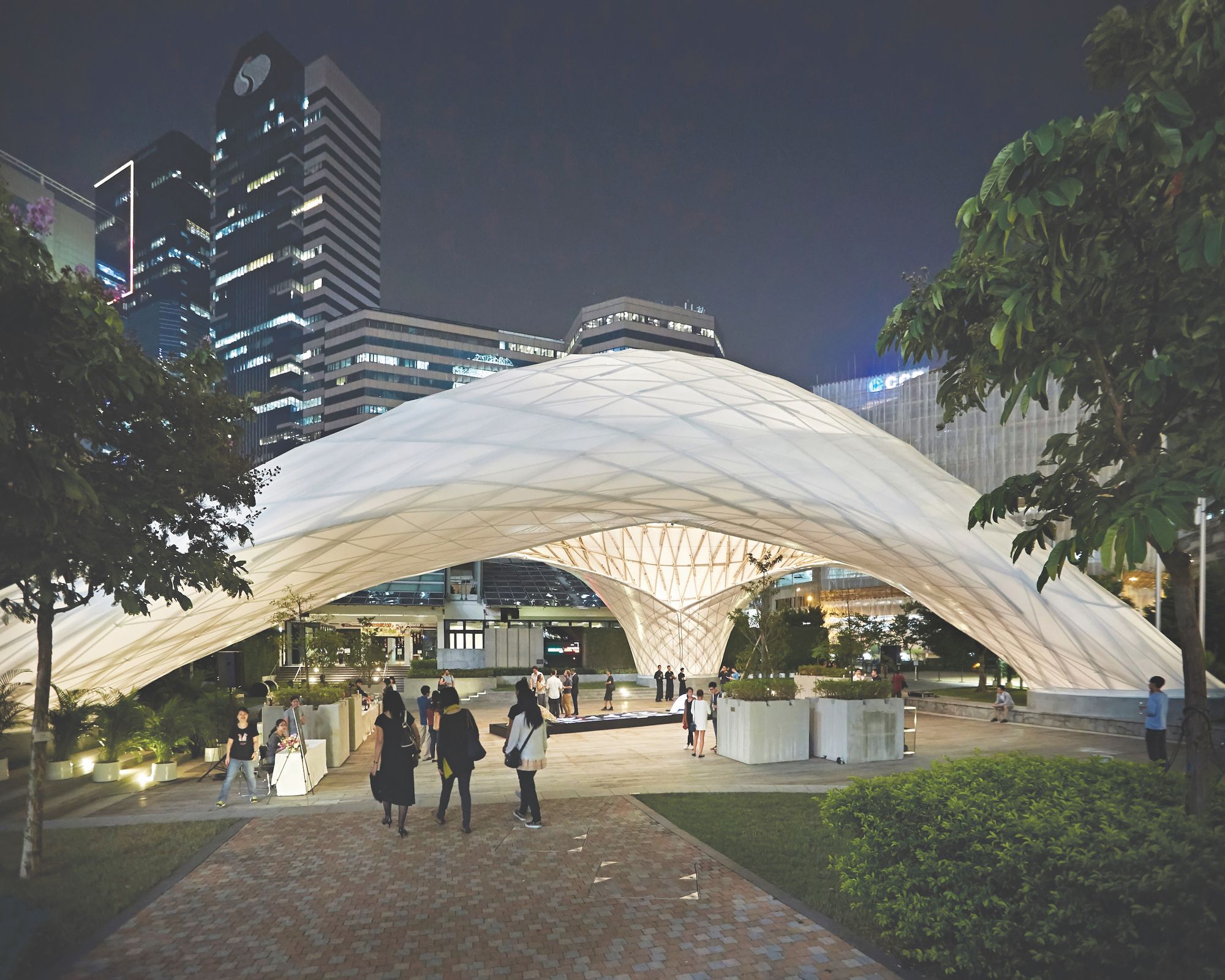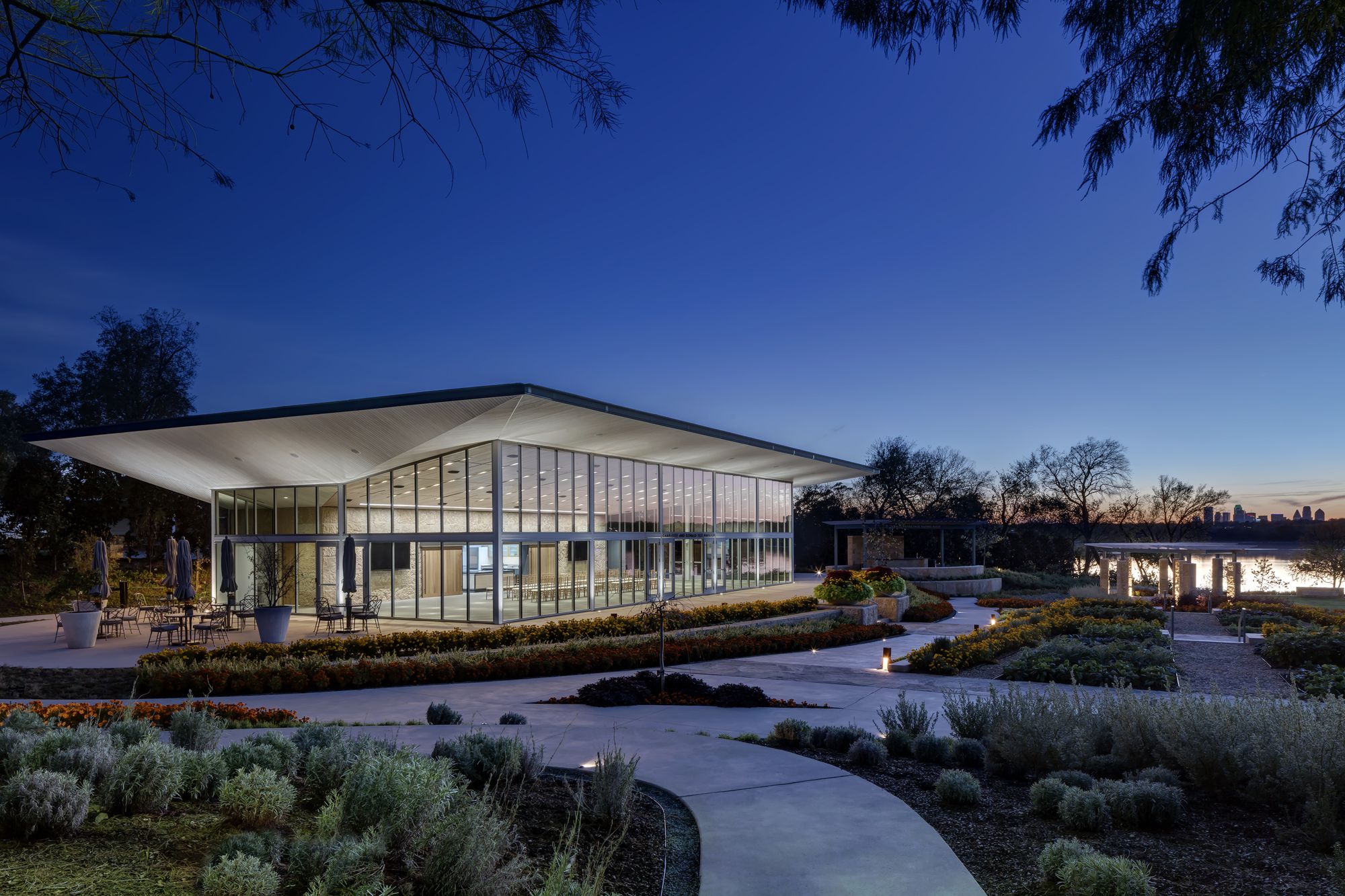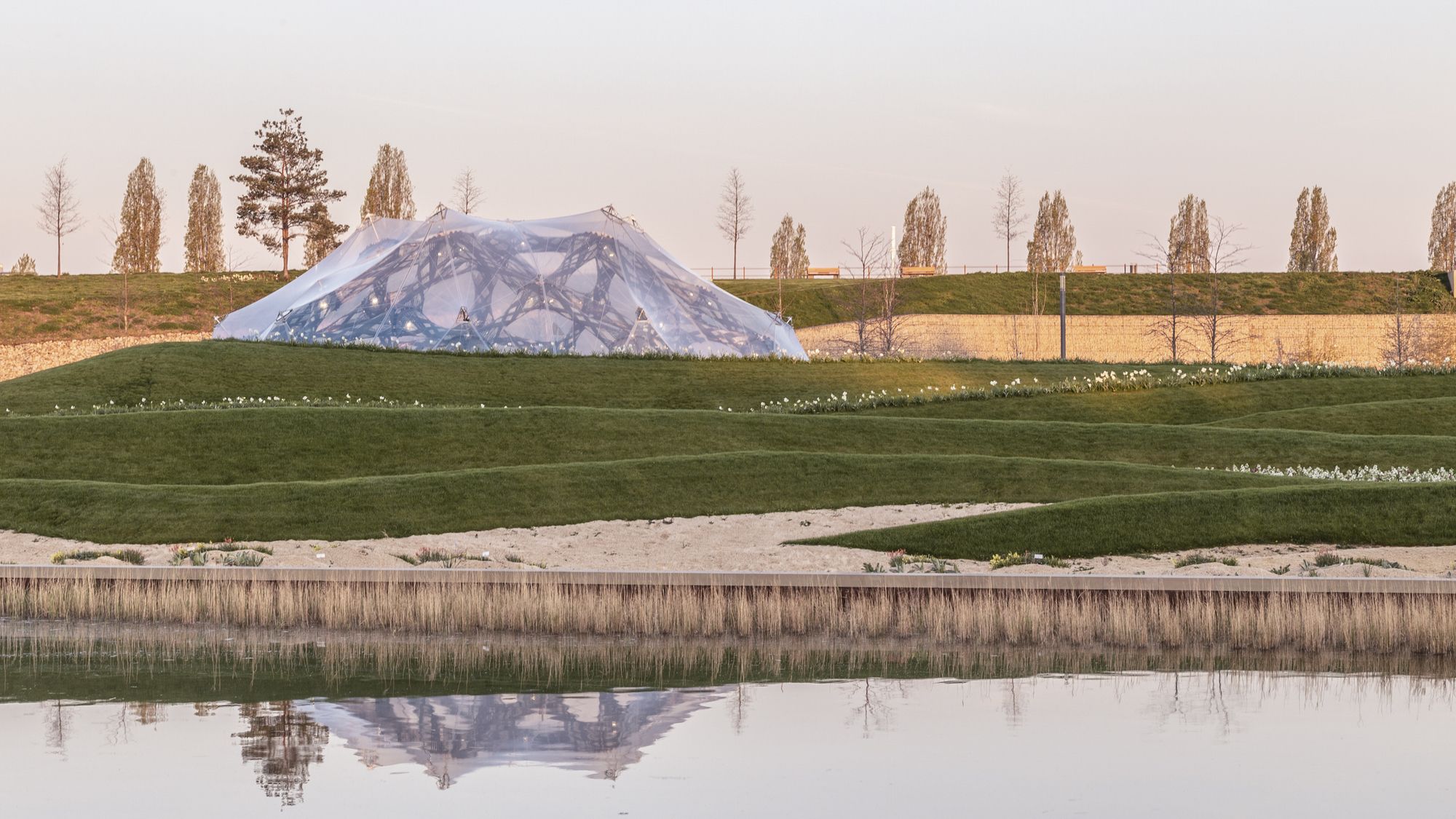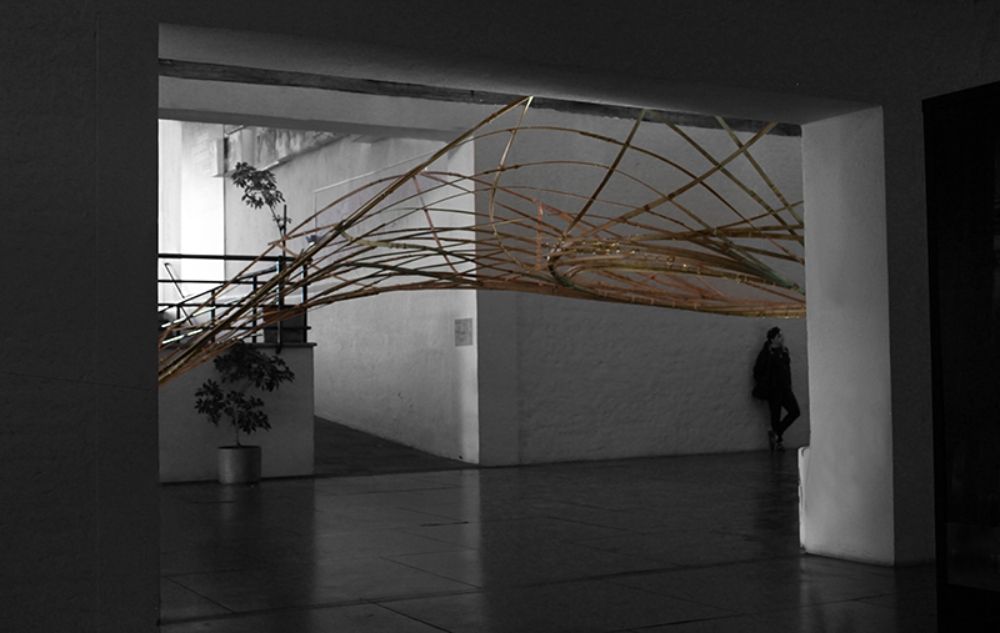E-Vine SU11
The other day, I tuned in to the BBC in the middle of a show. It was late afternoon and I was folding clothes. The show seemed to be about cars and the direction they were headed. PunPunPunPun One of the commentators mentioned how far his electric car could go between charges and how for his (and everyone’s) average daily driven distance, it was totally adequate. Fun fact. What really struck me though, while I was folding my clothes- something that is as engrained now to me as going to the gas station to fill up my car- was the nonchalance with which he spoke. In an instance it struck me how real the potential redundancy or personalization of the ‘petrol’ stop is becoming. It is something that punctuates life, budgets are constructed around it yet what it supplies is running out (perhaps not fast enough).
The E-Vine is a proposal that cuts between classifications. Able to stand individually, it can also be linked into larger charging communities. The creators, Architecture + Design describe it as positioning ‘itself between the realms of infrastructure, architecture and product design.’SU11 It has the potential to be mass produced architecture that becomes infrastructure. Solar Leafs collect sun light and can exist as stand-alone canopies and umbrellas or as trapeze-like structures suspended between existing infrastructure, billboards or buildings.These solar leafs, whatever their form, connect to Charge Pads. These may take on any of a number of functions, but seem to flow from the structure established by the Solar Leafs. They make use of sidewalks and street-sides to provide an array of services such as information kiosks, and small appliance charging, as well as creating hang-out spots.
‘What are you doing tomorrow Bil?’
‘I’m gonna be lounging at the E-Vine on 3rd and Main!’
Gas stations are islands attended only by cars (and its immediate neighbors). 1.2 uses. These ‘pedestrian’ functions begin to bridge the landscape we’ve created for ourselves over the last one hundred years.
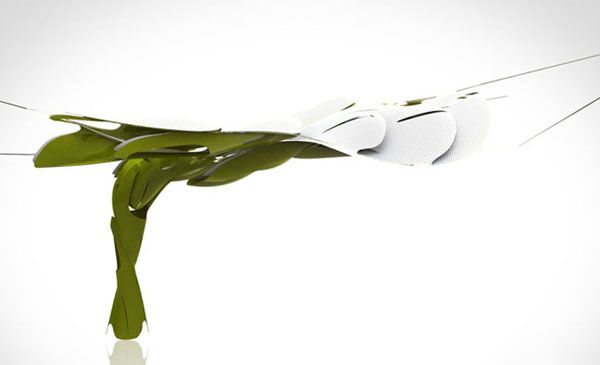
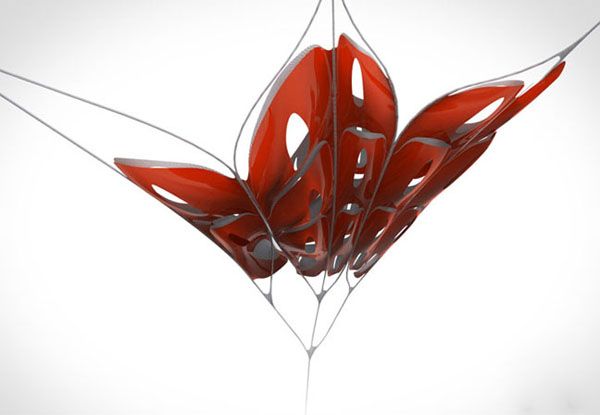
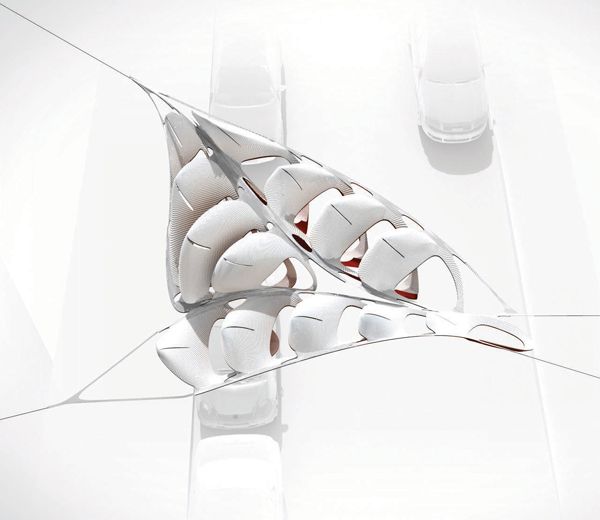
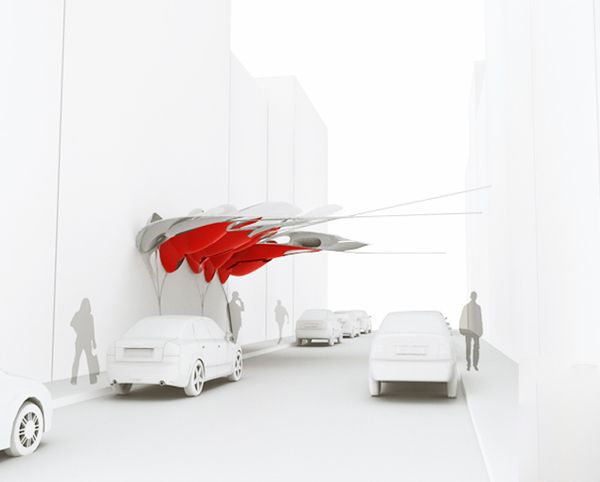
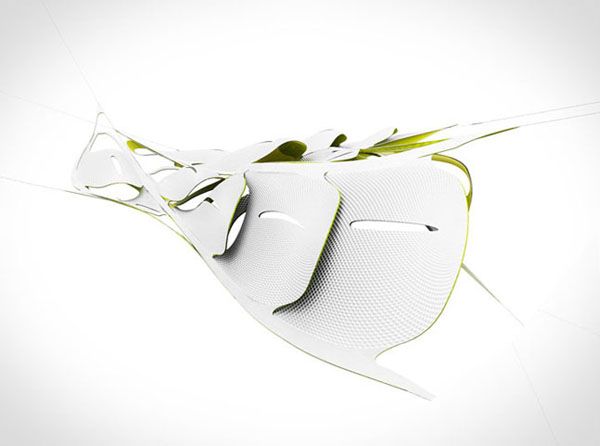
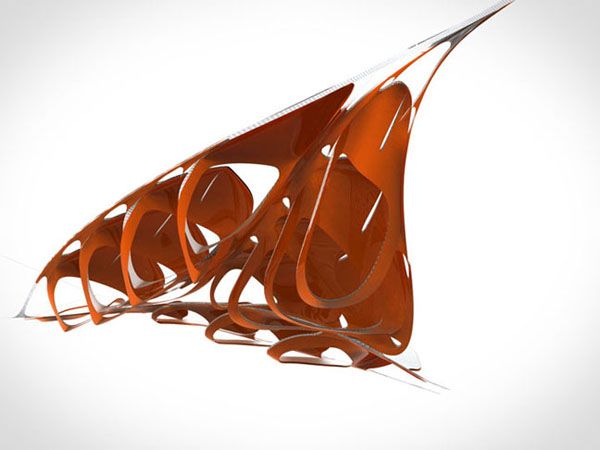
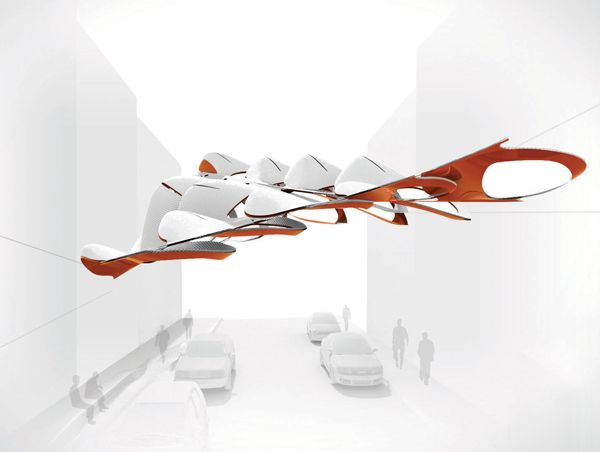
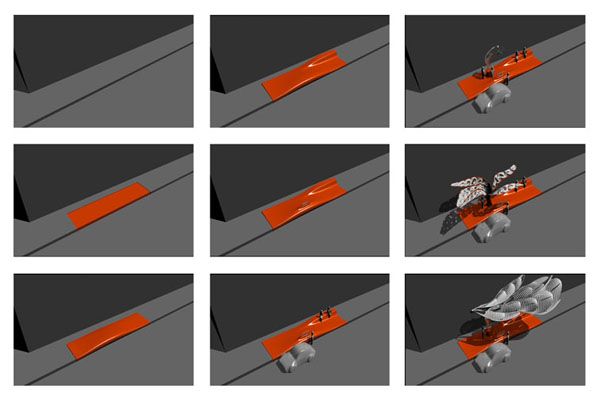
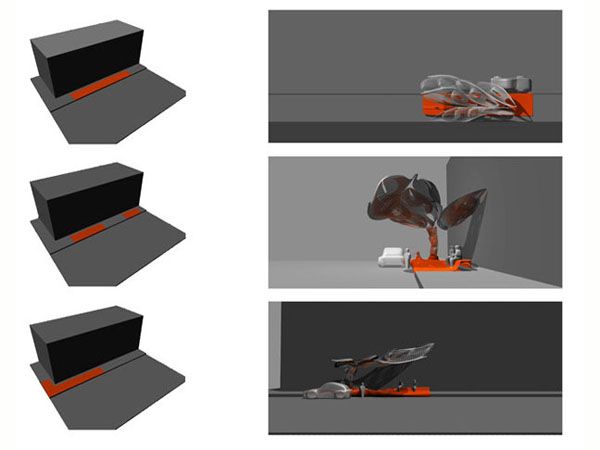
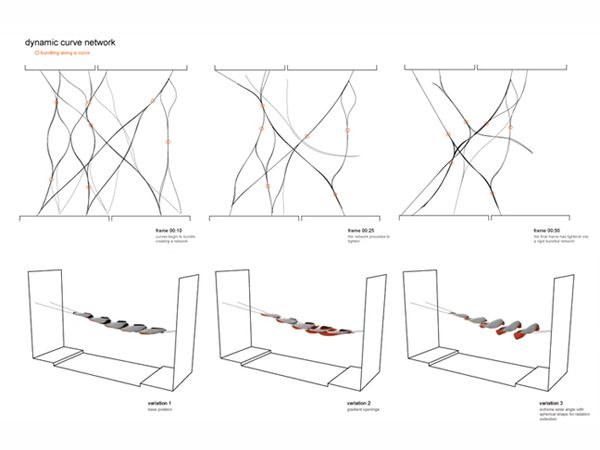
Courtesy of SU11


